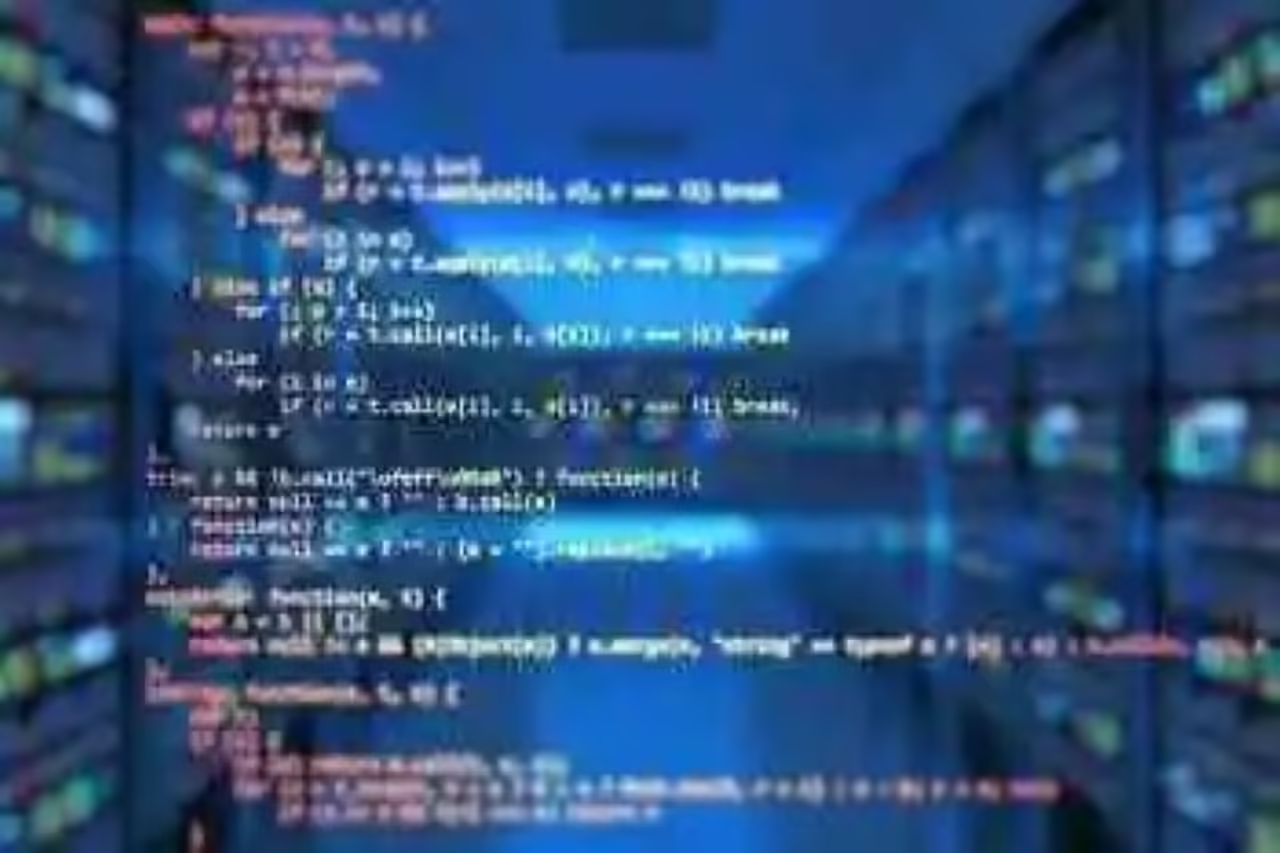
CI/CD pipelines are an important part of software development, but they can be improved by adding DevSecOps practices. By integrating security into the pipeline, you can catch issues earlier and prevent them from becoming more significant.
Once you know the DevSecOps definition, there are a few ways to integrate security into your CI/CD pipeline. It’s a good idea for a company to modify its security methods and incorporate them into its process based on what works best.
However, a few practices are generally considered best practices for integrating security into CI/CD pipelines.
What are CI/CD Pipelines?
CI/CD pipelines are a series of scripts and tools that automate the process of software development. They help ensure that code changes are tested and approved before they are released to customers.
CI (Continuous Integration) refers to the automated process of merging code changes from multiple developers into a shared repository. CD (Continuous Delivery) refers to the automated process of getting changes from development into production.
According to the DevSecOps definition, it is the practice of integrating security into the CI/CD pipeline. It starts with the concept of DevSecOps product, defined by Gartner as “a software component integrated into DevOps CI/CD toolchains that provides security capabilities.”
By doing so, an organization can apply layers of security throughout the process.
Integrating security into your pipeline ensures that it is consistently enforced. It will catch issues earlier in the process before they become more significant problems.
Why is Security Important in CI/CD Pipelines?
Integrating security into the pipeline can help prevent problems before they occur. By catching issues early, you can avoid costly delays and security breaches. Security can improve the code’s overall quality. By identifying and fixing security vulnerabilities early, you can avoid problems that could cause your software to crash or malfunction.
How Can DevSecOps Affect CI/CD Pipelines?
Make DevSecOps part of the development workflow to integrate security practices as they code rather than testing for problems later in the process. It is the best way to identify issues before they become more prominent and costly.
Here are a few other ways that DevSecOps can affect CI/CD pipelines.
Automated Security Tests
One of the best ways to integrate security into your pipeline is to automate security tests. Automated tests can help identify vulnerabilities and errors in the code. They can also help ensure that changes are tested for compliance with security standards.
It can help speed up the process and ensure that all changes are tested for potential vulnerabilities.
Automated Code Analysis
It is the process of automatically inspecting code for potential security vulnerabilities. This can help identify errors and potential vulnerabilities in the code.
Automated code analysis can scan code for compliance with security standards.
Security Policies
It’s essential to have security policies in place. These should cover everything from software development practices to compliance with standards, such as the OWASP Top 10.
Your CI/CD pipeline should be integrated into your CCP (Corporate Continuity Plan).
They can also help ensure that changes are tested for compliance with security requirements. Security policies can define the acceptable level of risk for the organization.
Threat Modeling
According to the 2020 State of the Cloud Report, the main problems with cloud computing are security, managing cloud spending, and governance.
Threat modeling is the idea of identifying potential threats to your system and designing countermeasures to protect against them. It can help identify potential vulnerabilities in your system.
Threat modeling should be used throughout the software development life cycle. You can use it to identify potential threats and design countermeasures to protect against them.
Threat modeling can also help prioritize security features and testing. It ensures that they are implemented early in the software development life cycle.
It’s also essential to have security standards in place for your CI/CD process. These should cover everything from coding practices to comply with industry standards, such as OWASP Top 10 or PCI DSS.
Continuous Monitoring
Continuous monitoring is the process of continuously monitoring the security of the system. It can help identify and respond to new threats and vulnerabilities.
You can ensure that your software is tested for vulnerabilities throughout its lifecycle using continuous monitoring. By continuously monitoring vulnerabilities, you can ensure that your organization’s systems are secure against the latest threats trying to breach them.
By incorporating DevSecOps into your CI/CD pipeline by a company, you can improve the quality and security of your code. By catching issues early in the process, you can avoid costly delays and security breaches. And, by identifying and fixing security vulnerabilities early, you can avoid problems that could cause your software to crash or malfunction.







